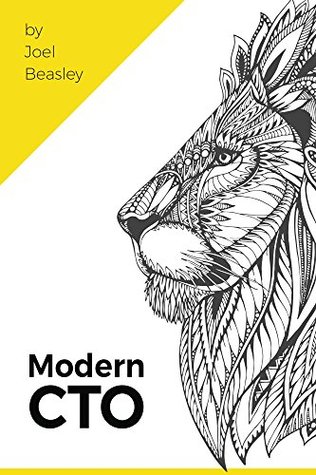More on this book
Kindle Notes & Highlights
by
Joel Beasley
Read between
August 30 - September 5, 2018
Being a leader means communicating complex ideas simply. You’ve got to make high-level ideas stick in their minds.
Developers are not CTOs.
Rather than developers and startup entrepreneurs saying, “We wrote it poorly because we’re new and lack experience,” they’ll say, “We built an MVP.” Nope, you’ve built a MESS.
Prototype vs. MVP?
A minimal viable product is something you can take to market and sell.
The problem with using prototype and MVP interchangeably is that it generates confusion.
Getting from prototype to MVP is a lot of work. If you can't take it to market and sell it at scale, it’s not a product.
I’m wary of engineers competing for system and process creation based on what’s trendy and not what best meets business goals.
You only have to be good enough to get to the next generation. My DNA only has to be good enough to survive long enough to replicate. If I survive long enough to replicate, I'm good enough to get to the next successive generation.
When you build a feature out of fear of losing the customer instead of building it out of value to the customer, you have built a fear-based feature.
The greater the distance a person feels from the top tier, the less they feel a part of the team.
I like to apply Elon Musk’s “First Principles Thinking” approach which he borrows from physics. It basically states that you work backward from the source instead of reasoning from analogy.
Exponential vision means you see that a series of small goals will fulfill milestones, and a series of milestones will lead to explosive growth.
Another way to destroy momentum is to have people redo stuff.
The same thing happens with programming and developing products. If you keep having your team rebuild and refold, only to walk over and smack it down, they are going to quit.
Instead of obsessing over problems, I’ll take a step back and return to a project’s core goals.
I keep my teams lean and harmonious, and we all go home smiling at the end of the day.
Process simplified: Identify the problem. Develop two to three solutions Test the solutions and select the best performing ones. Create variations and repeat.
Code Climate
What’s creep? It’s the trap of trying to be everything to everyone. In the business world this means branching out into niches where you can’t be successful. In software development, it means losing sight of core goals by trying to be too cute, clever, or complete.
The way I avoid this trap is to shift my reward focus. This means I look at milestones that go beyond development. I get my serotonin fix from business milestones instead.
Wharton School of Business
When you get to the top though, you realize that everybody’s human. Everyone is just a person.
Ask people what they think instead of telling them what to do.
Then, while on a project (after we really botched it), the team talked about what went right.
I’ve mentioned before that I enjoy Tim Harford’s TED talks.
Something goes wrong or an unexpected constraint appears. If my reaction is negative, it affects my team and me.
Don’t just keep a faulty project rolling until things blow up, or until shareholders ask why a project costs so much but delivers so little.
Done means that it’s done from the perspective of the end user.
“Feynman Technique.”
I see investors come in and steal the credit from brilliant technologists who failed to communicate the value of their tech.
As CTO, if you can’t explain value simply, it means you don’t understand the business value behind your technology. It doesn’t matter if you understand it internally. If you can’t communicate it simply to the outside world, you don’t understand.


